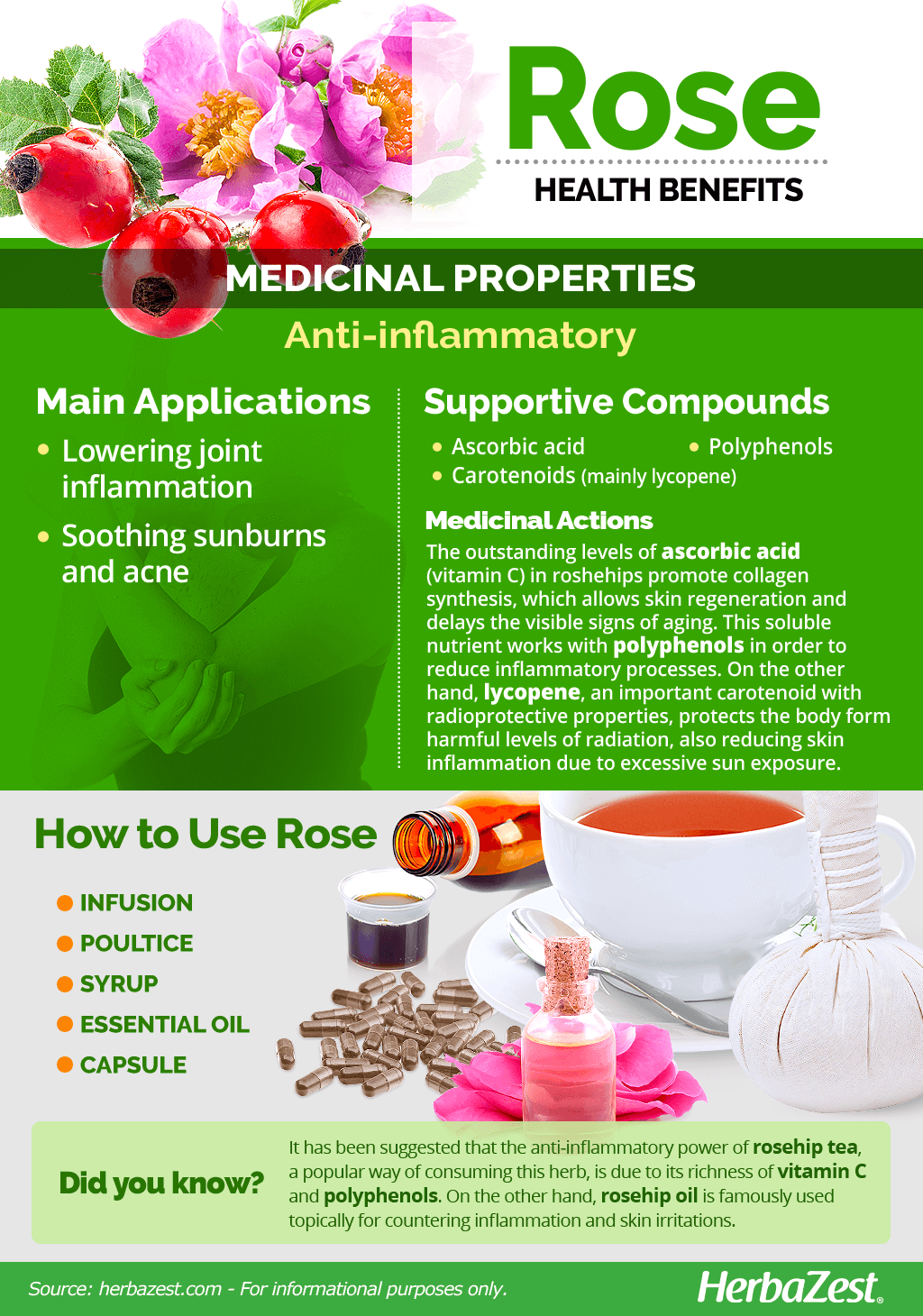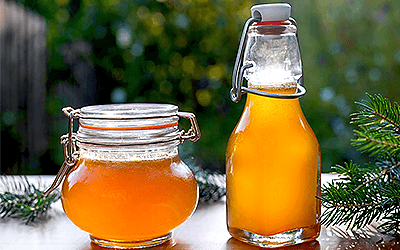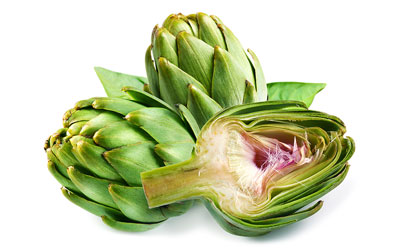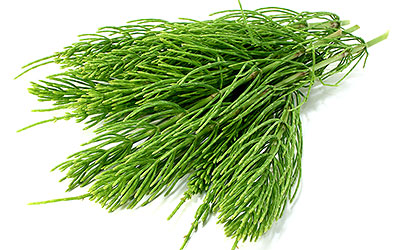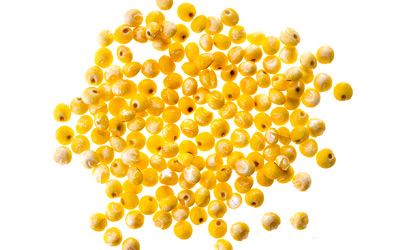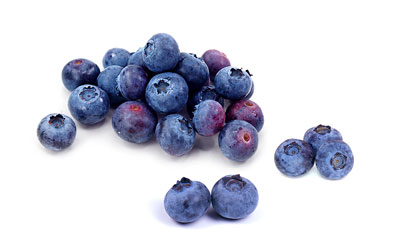Originally from Europe, Asia, and Africa, the dog rose has medicinal value and beauty that has lent it popularity for thousands of years. Less showy than its famous ornamental relatives, the dog rose is a highly adaptable plant, and it continues to be grown throughout the world, due to its pretty flowers and healing benefits.
Rose Medicinal Properties
Health Benefits of Dog Rose
The main source of dog rose benefits is its tiny fruit, known as rose hip, or rosehip, which have been historically used to treat a variety of health conditions. Nowadays, rosehip medicinal properties are mainly used for:
Lowering joint inflammation. The anti-inflammatory properties of dog roses's bioflavonoids can help provide relief for chronic sufferers of rheumatism, arthritis, and gout.
Soothing sunburns and acne. Rosehip essential oil and dog rose tisanes are widely used in topical treatments against acne and skin irritation.
Additionally, rosehip medicinal properties have been shown to alleviate stomach complaints, such as internal inflammation and diarrhea.
Traditionally, the fruit of the dog rose, the rosehip, have been used to treat a number of infectious diseases, influenza, colds, gallstones, and vitamin C deficiency (scurvy), among many other health conditions.
How It Works
The anti-inflammatory, antioxidant activity of dog rose is attributed to a combined action of carotenoids, polyphenols, and vitamins, particularly vitamin C (ascorbic acid).
The anti-inflammatory and dermoprotective benefits of rosehips can be partly attributed to their excellent levels of ascorbic acid, popularly known as vitamin C, which has a major role in collagen synthesis, promoting tissue regeneration and delaying visible signs of aging by protecting the integrity of skin cells. Being a water soluble vitamin, also sensible to sunlight, ascorbic acid levels need to be constantly replenished through oral supplementation, in order to effectively protect the human body from oxidative damage.1
It has been suggested that the anti-inflammatory power of rosehip tea, a popular way of consuming this herb, is due to its richness of ascorbic acid and polyphenols.2
Lycopene, on the other hand, is a bright red pigment, abundant in tomato and other vegetables, and it has been shown to be significantly high in rosehips. This important carotenoid possess radioprotective properties, which ward off the skin cells from harmful levels of radiation, from the sun and other sources.3
Other herbs with anti-inflammatory properties, commonly used for relieving joint pain, are devil's claw and turmeric, whereas aloe and jojoba soothe a number of skin conditions, such as acne, eczema, skin rash, and sunburn.
Dog Rose Side Effects
Rosehip fruits may cause side effects like nausea and headaches. An allergic reaction is also possible in sensitive people.
Dog Rose Cautions
Those who are pregnant or breastfeeding, as well as those with bleeding conditions, diabetes, kidney stones, anemia, and certain other rare conditions should avoid rosehip. The herb can also negatively interact with antacids, estrogen medication, fluphenazine, lithium, warfarin, and blood clotting drugs. A pharmacist or physician should be consulted before start taking any medicinal form of rosehip.
- Medicinal action Anti-inflammatory
- Key constituents Carotenoids (mainly lycopene), polyphenols, and ascorbic acid.
- Ways to use Capsules, Hot infusions/tisanes, Syrup, Essential oil, Dried
- Medicinal rating (1) Very minor uses
- Safety ranking Use with caution

Rose Nutrition
The tiny fruits of wild rose, known as rosehips, are incredibly rich in essential nutrients and provide excellent amounts of dietary fiber, which promotes digestion and a healthy gut flora.
Fresh rosehips provide outstanding amounts of vitamin C (ascorbic acid), a water soluble nutrient that not only promotes collagen formation and accelerates wound healing, but also ward-off diseases by strengthening the immune system.
The levels of vitamin C in fresh rosehips are higher than that found in oranges.
Other anti-aging vitamins in rosehips, with dermoprotective and regenerative effects, are A (from carotenoids) and E (alfa-tocopherol), both instrumental for production of new skin cells, healthy blood vessels, and prevention of age-related diseases.
On the other hand, good levels of vitamin K (phylloquinone) promote adequate coagulation, thus aiding wound recovery. Vitamin K intake has been linked with higher bone mineral density, which reduces risk of fractures due to advanced age.
The B group is also present in rosehips, with good amounts of vitamins B2 (rivoflavin) and B3 (niacin), both of which help fight harmful pathogens and protect the cells from free radicals' damage, as well as promoting the health of digestive, skin and nervous systems, further helping reduce inflammatory diseases.
Rose fruits are also a great source of manganese, which not only helps the body to form connective tissue and sex hormones, but also promotes bone growth and regeneration as well as blood clotting. Manganese also plays a role in fat and carbohydrate metabolism, calcium absorption, and blood sugar regulation.
Additionally, the rosehip fruit provides good amounts of calcium, potassium, and copper, along with adequate levels of iron and magnesium.
100 GRAMS OF FRESH ROSEHIPS PROVIDE 162 CALORIES, AS WELL AS 13 AND 96% OF THE RECOMMENDED DAILY VALUE FOR CARBOHYDRATES AND DIETARY FIBER.
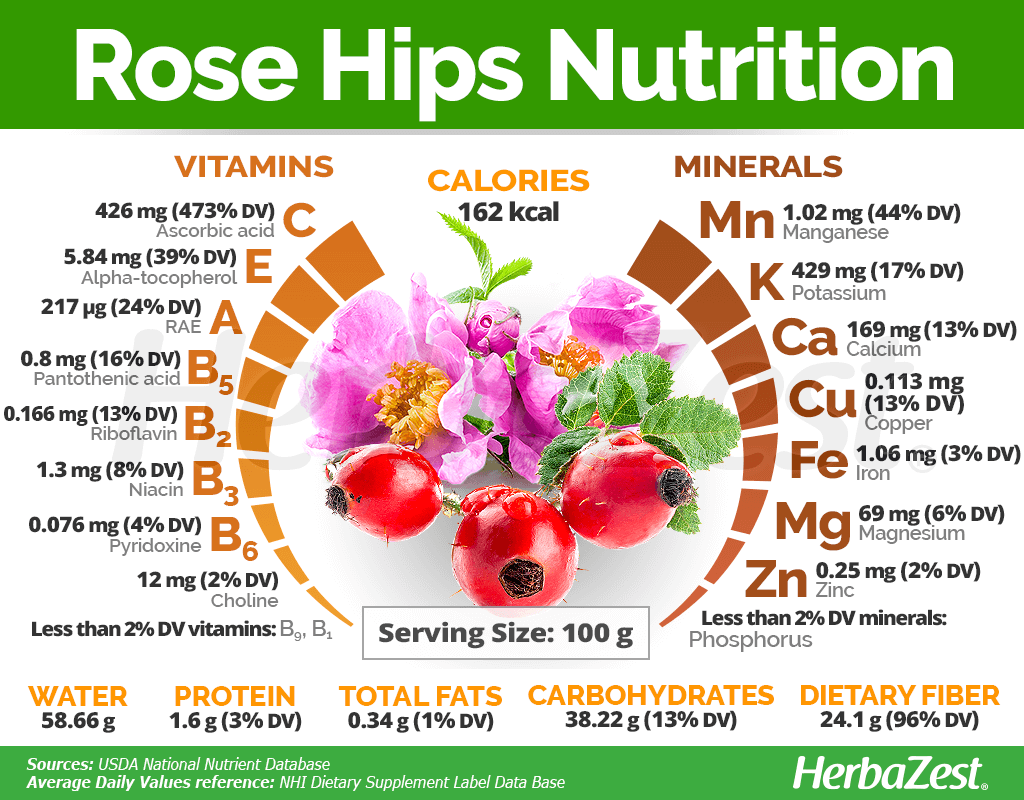
How to Consume Rose
Fresh rosehip fruits and dog rose petals are edible and they can be used for culinary preparations, such as jellies and soups. The fresh rosehip is rich in vitamin C, but the drying and heating processes destroy most of this nutrient.
Natural Forms
Infusion. This is the most popular way to obtain dog rose benefits. The rosehip fruits and dog rose petals are dried, ground into a powder, and then steeped in hot water.
Poultice. Dog rose fresh leaves can be crushed and applied topically over superficial wounds and rashes, in order to reduce inflammation and speed up healing.
Herbal Remedies & Supplements
Syrup. Rosehip fruits can be boiled down to make a syrup and reap dog rose anti-inflammatory properties.
Essential oil. Properly-diluted rosehip oil is used topically for countering inflammation and skin irritations, and it is one of the easiest ways to reap rosehip medicinal properties.
Capsules. Supplemental forms are designed to contain a standardized dosage of rosehip extract. In addition, many commercial vitamin C supplements contain vitamin C derived from the rosehip fruit.
Storing rosehip products for a long time also deteriorates their vitamin C content.
- Edible parts Flowers, Fruit
- Taste Tart
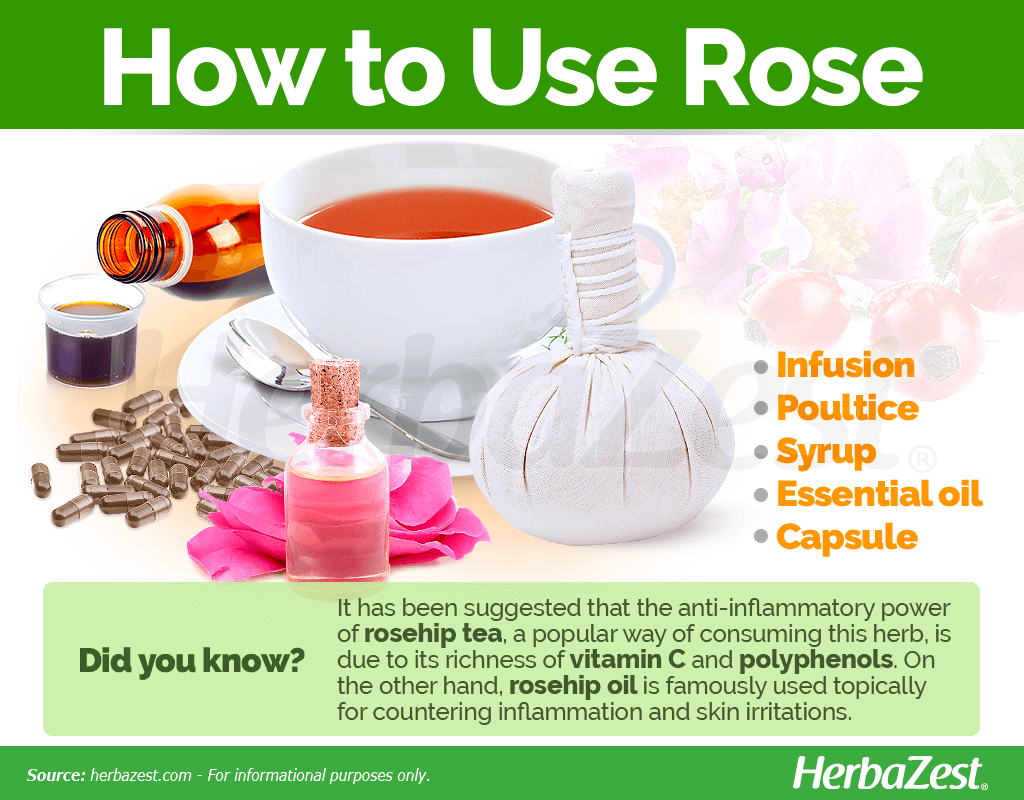
Growing
In its natural environment, the dog rose bush can be found growing along rivers, plains, and semi-arid, mountainous areas, as well as in forest edges. If grown to its optimum requirements, the dog rose bush can reach up to 9 feet (2.7 m) in height. This hardy wild rose can endure a variety of conditions, however it requires some basic care to thrive.
Growing Guidelines
Rose species require partial sun and well-moisturized loamy soils.
Soil should have a pH of 5.5 - 6.5, and the dog rose bush should be watered deeply twice a week.
Two to three inches (5.0 - 7.6 cm) of mulch should be added around the base of the dog rose bush to conserve moisture, and fertilization should be constant in order to speed up flower development.
Although it produces seeds, cutting and grafting are commonly performed by gardeners in order to preserve the desired flower color.
When cultivated for ornamental purposes, rose flowers are usually harvested in early spring.
- Life cycle Perennial
- Harvested parts Flowers, Fruit
- Light requirements Partial shade
- Soil Medium (loam)
- Soil pH 5.6 – 6.0 (Moderately acidic), 6.1 – 6.5 (Slightly acidic)
- Growing habitat Temperate climates
- Propagation techniques Cuttings
Additional Information
Plant Biology
The dog rose bush is a perennial climber that can be up to 9 feet (2.7 m) high. Its tiny fruit, known as rosehip, is 0.8 inches (2 cm) long, oval-shaped, with a glossy, bright red exterior when mature, and it is topped with the dried sepals of the flower, which has five petals that can be white or light pink.
Classification
The dog rose bush (Rosa canina) is one of the many wild rose plants within the large Rosaceae botanical group, otherwise known as the rose family. It includes about 2,800 species, spread over 95 genera, which grow worldwide, though members are most commonly found in the Northern Hemisphere. Many recognizable and economically-important flowering species fall into the rose family, including apple (Malus domestica), apricot (Prunus armeniaca), blackberry (Rubus fruticosus), cherry (Prunus spp.), hawthorn (Crataegus monogyna), and pear (Pyrus communis).
Varieties and Subspecies of Rose
10 varieties of dog rose have been identified: Rosa canina var. dumetorum, Rosa canina var. canina L., Rosa canina var. corymbifera , Rosa canina var. andegavensis, Rosa canina var. evanida, Rosa canina var. frutetorum, Rosa canina var. libertiae, Rosa canina var. Montana, Rosa canina var. sepium, and Rosa canina var. subcanina . There are two recognized subespecies of dog rose: Rosa canina subsp. andegavensis and Rosa canina subsp. virens.
The botanical name of dog rose, 'Rosa canina' comes from the ancient belief that the plant could be used to treat wild dog bites.
Historical Information
Native to Europe, western and central Asia, and northern Africa, the dog rose have been highly valued by many cultures for millennia. There are countless references to the rosehip fruit in holistic healing systems, from Tibetan medicine to Ayurveda, as well as in the manuscripts of the famous Persian philosopher and physician Avicenna.
During the 15th century, Europeans introduced the dog rose bush into the Americas, southern Australia, New Zealand, and southern Africa, where it quickly spread and now grows in the wild.
During World War II, when citrus fruits were scarce, rosehip syrup was used to prevent scurvy.
Economic Data
The commercial supply of Rosa canina comes from different parts of the world, like Eastern and southern Europe, as well as from western and central Asia, where the dog rose mostly grows in the wild. For its high-quality rosehip products, Denmark uses a cultivar called Rosa canina 'Lito', which grows in the Scandinavian country, as well as in few other European countries.
However, the largest producer of rosehip pulp is Chile. This South American country exports nearly 4500 tons of dehydrated rosehip to Europe every year, followed by Bulgaria and Turkey.
Popular Beliefs
During the Middle Ages, the dog rose was a symbol of good luck and strength, and rosehip incense was believed to be an effective evil deterrent. Garlands of dog rose blossoms were used to decorate houses during spring festivals.
Other Uses
Gardening. The dog rose bush is also a popular ornamental plant, as it is one a popular flower in homes and public or private gardens.
Cosmetics. Rosehip oil is a popular ingredient in many skin care products, such as creams and lotions.
- Other uses Cosmetics, Perfume
Sources
- A guide to medicinal plants in North Africa, p. 201
- Botanicals: A Phytocosmetic Desk Reference, p. 186
- Galore International Journal of Health Sciences and Research, Herbal Medicine in Stamps: History of Rosa Canina through Philately, 2017
- Herbal Drugs and Phytopharmaceuticals, p. 520
- International Journal of Molecular Sciences, Therapeutic Applications of Rose Hips from Different Rosa Species, 2017
- Mosby's Handbook of Herbs & Natural Supplements, p. 540
- The Encyclopedia of Fruit and Nuts, p. 745
- University of Kansas, American Indian Health and Diet Project: Rose Hips
- University of Michigan, Rosa Canina Linnaeus
- Herbal Medicine
- Organic Body Care Recipes
- MedlinePlus Herbs and Supplements, Rose Hip
- USDA Nutrient Database, Basic Report 35203: Rose hips, wild (Northern Plains Indians)
- Journal of Ethnopharmacology, In vivo anti-inflammatory effect of Rosa canina L. extract, 2011
- Royal Horticultural Society, Rosa canina
Footnotes
1 Vitamin C and Skin Health, Linus Pauling Institute, Oregon State University. Retrieved in January 16, 2020.
2 Tumbas VT, Canadanović-Brunet JM, Cetojević-Simin DD, Cetković GS, Ethilas SM, Gille L., Effect of rosehip (Rosa canina L.) phytochemicals on stable free radicals and human cancer cells, Journal of the Science of Food and Agriculture, 2012 Apr;92(6):1273-81.
3 Pirayesh Islamian, Jalil, Ph.D. and Mehrali, Habib, M.Sc. Lycopene as A Carotenoid Provides Radioprotectant and Antioxidant Effects by Quenching Radiation-Induced Free Radical Singlet Oxygen: An Overview, Cell Journal, Volume 16, Number 4, Winter 2015, Serial Number: 64, Pages: 386-571.
